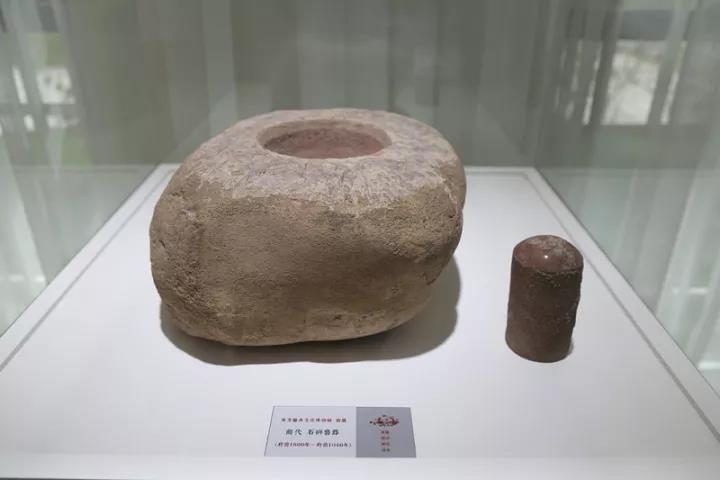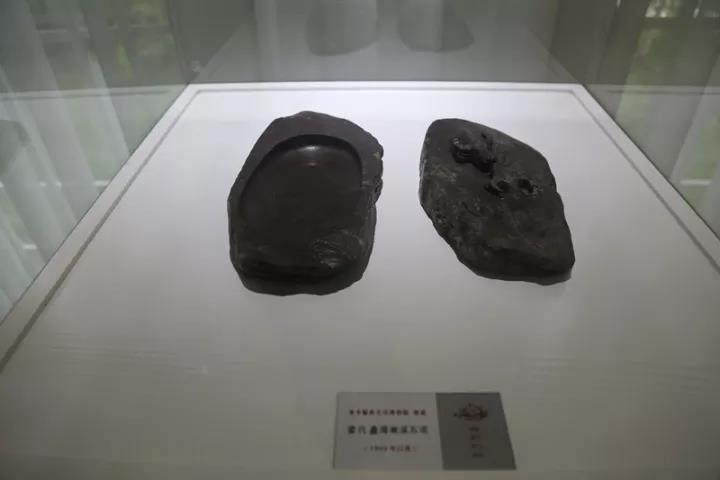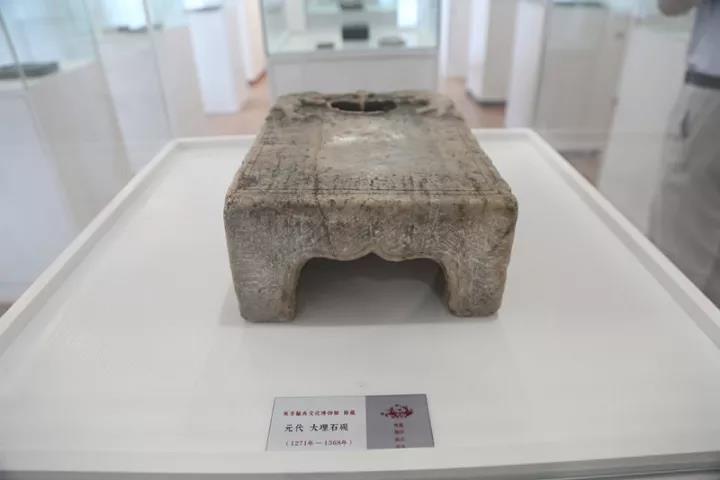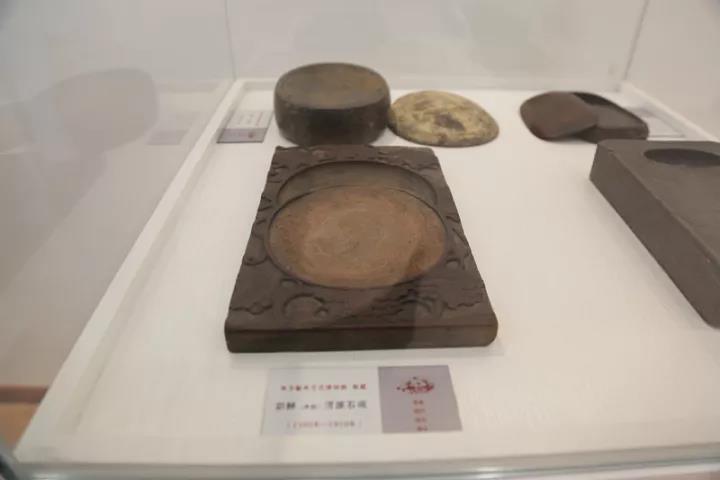An Inkstone Museum in Zhengzhou: Stones Made of the Sands of Time

If you think inkstone is just an object for preparing ink, you may have a second opinion after visiting the Museum of Eastern Handian Culture (Eastern Hall), a museum in Zhengzhou that comprehensively exhibits inkstones. Here, you can appreciate the charm of the inkstone, the No. 1 item in an ancient stationery study.
A red brick single building stands tall and upright in the central area of the headquarters of ZTE Industrial Park, Zhengzhou Economic and Technological Development Zone. It is the Museum of Eastern Handian Culture (Eastern Hall). People usually think of cold buildings when a science and technology park is mentioned, and would not expect to see leafy trees or lush bamboos in the environment. Here, the way the museum is set up adds a touch of artistic elegance to the place.

The Museum of Eastern Handian Culture (Eastern Hall) covers a floor area of 1,800 square meters, and houses a collection of more than 1,200 inkstones. Of this collection, only 200 are exhibited. They are part of the 30-year collection of Curator Huang Haitao, from prehistoric to modern items. Collectors and artists both at home and abroad have been invited to showcase their distinctive masterpieces in the temporary exhibition area, where an array of material objects comprehensively display the development history of the inkstone.
The inkstone saw the initiation of Chinese civilization and witnessed its development. It has recorded the major events of various historical periods in Chinese civilization. Each inkstone is a footprint that embodies the progress of human civilization. This three-floor museum exhibits the inkstones of all historical periods.

The origin of "inkstones" worldwide dates back to as early as prehistoric times. Whether it is the colored drawing on pottery or that on the face of tribal peoples, mineral materials are necessarily needed and ground into powder. An early inkstone is actually the prehistoric grinder, which epitomizes the development history of mankind.
The evolution of inkstone materials represents the progress of human history. In primitive times, the stone grinder came into being; during the Wei, Jin, the Northern and Southern Dynasties, the ceramic inkstone came along; in the Tang Dynasty, which was an era of gold and silver, the silver inkstone emerged; and in the Han Dynasty, which was an era of lacquerware, a large number of lacquer inkstones were rolled out.

In the exhibition area, each inkstone is presented in a way that perfectly demonstrates its shape and features. In addition to the traditional inkstones that we can picture in our mind, the exhibition also includes the crystal inkstone, the clam inkstone, the agate inkstone—all are impressive eye-openers.
The collection of inkstones can be traced back to thousands of years ago. In ancient times, the inkstone was considered a highly valuable collection item that ancient men of letters took pride in. The Northern Song Dynasty calligrapher and painter Mi Fu wrote The History of the Inkstone, and the Qing Dynasty politician and writer Ji Xiaolan wrote Family Tree of the Inkstones at Yuewei Cottage. Similar examples are numerous. They are strong evidences that ancient Chinese men of letters held the inkstone in high regard.